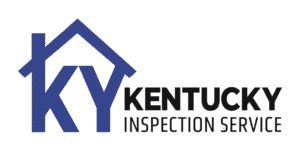Get a Free Quote Today!
Make an Appointment Today
Service
What Is Mold Air Sampling and Mold Testing?
Mold air sampling collects air samples from your home to test for mold spores and identify mold types present in your indoor air. Professional mold testing can detect hidden mold problems, black mold, and other toxic mold species that may be affecting your family’s health.
Here’s what that means for you: You’ll know if you have a mold problem, what types of mold are present, and whether mold remediation is needed to protect your family’s health.
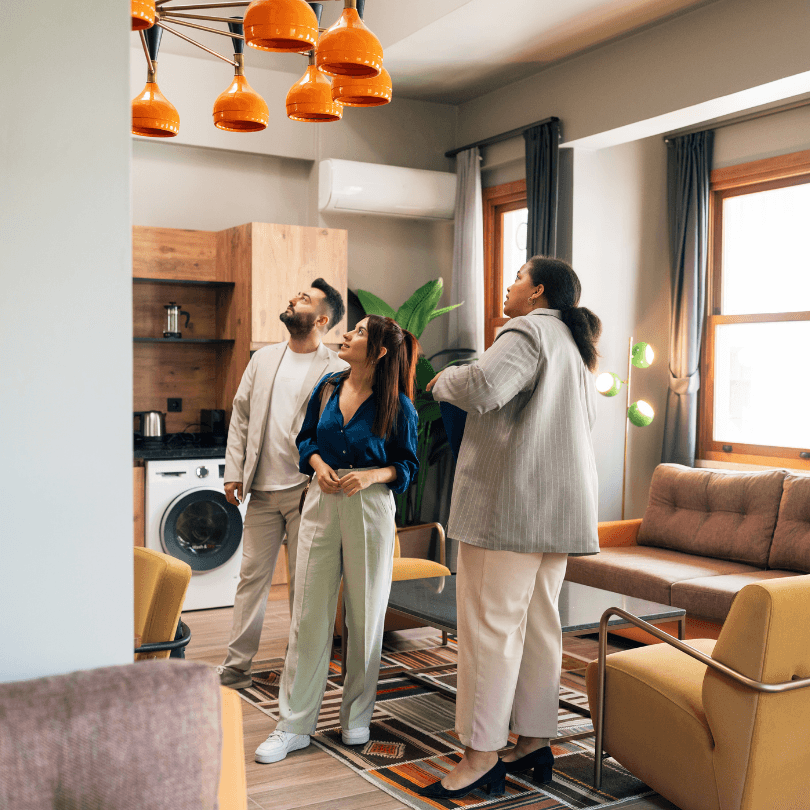
What We Test During Your Mold Air Sampling
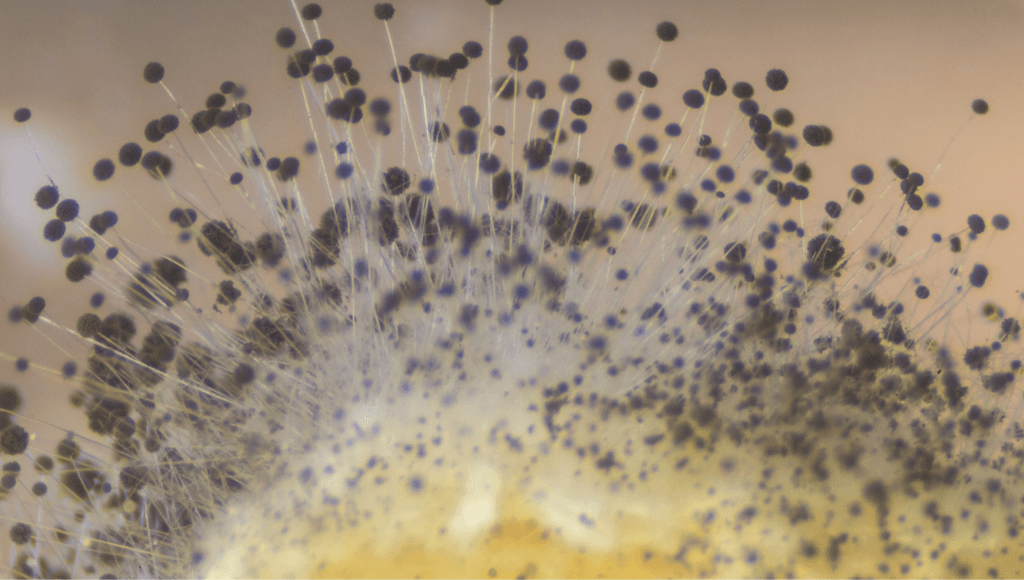
Indoor Air Quality and Mold Spore Testing
- Air samples testing for mold spore concentrations
- Mold species identification and toxic mold detection
- Black mold (Stachybotrys) and other dangerous mold testing
- Comparison testing between indoor and outdoor mold levels

Hidden Mold Detection and Problem Areas
- Wall cavity mold testing behind suspected problem areas
- HVAC system mold contamination testing
- Basement and crawl space mold air sampling
- Attic mold testing and moisture problem identification
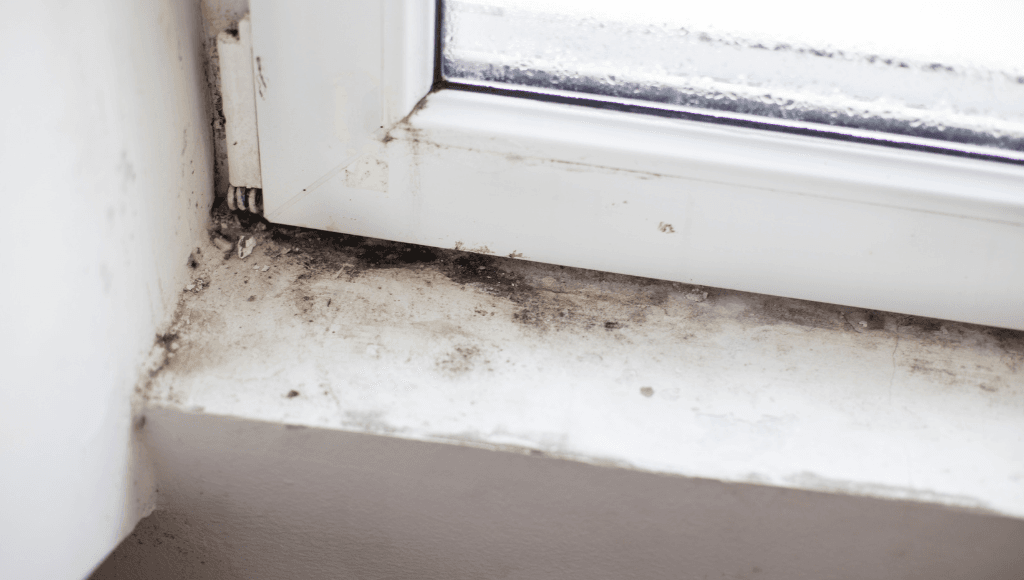
Mold Growth Conditions Assessment
- Moisture levels and humidity measurements
- Water damage areas and mold growth potential
- Ventilation adequacy and air circulation problems
- Building materials susceptible to mold growth
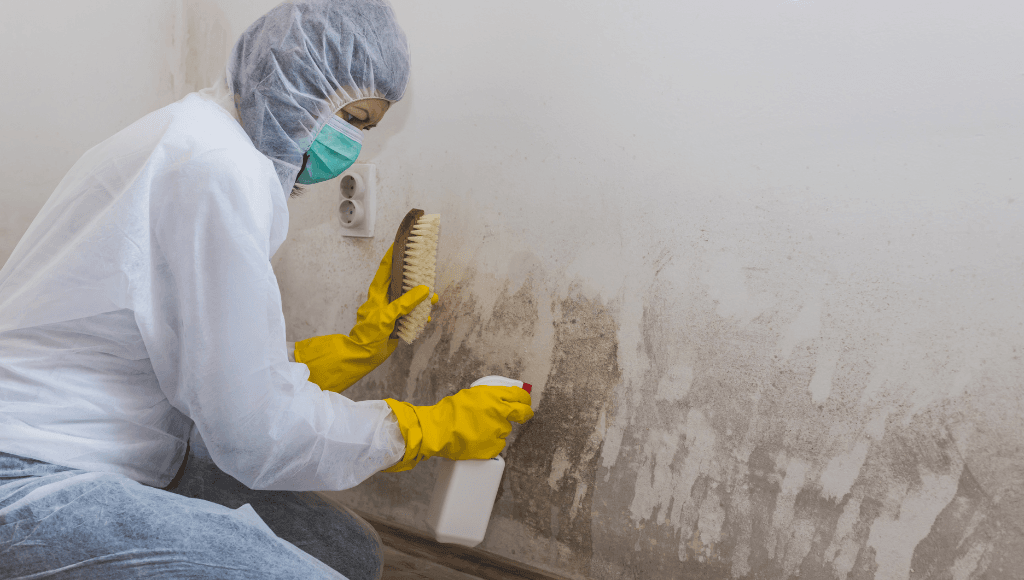
Post-Remediation Mold Testing
- Clearance testing after mold remediation work
- Verification that mold cleanup was effective
- Air quality improvement confirmation
- Long-term mold monitoring recommendations
Professional Mold Testing Near Me in Kentucky & Ohio
Mold Problems Are Common in Our Climat
Kentucky and Ohio’s humid climate and seasonal moisture create ideal conditions for mold growth in homes, especially in basements, bathrooms, and areas with poor ventilation.
Hidden Mold Can Affect Your Health
Mold exposure can cause respiratory problems, allergies, and other health issues. Professional mold testing identifies hidden mold that you can’t see but may be breathing daily.
Insurance and Remediation Requirements
Many insurance companies and mold remediation contractors require professional mold testing to document problems and verify successful cleanup efforts.
What You Get with Your Mold Air Sampling
Laboratory Mold Analysis and Report
- Professional laboratory analysis of collected air samples
- Detailed mold species identification and concentration levels
- Comparison with outdoor mold levels and acceptable ranges
- Written report suitable for insurance and remediation purposes
Health Risk Assessment and Recommendations
- Explanation of mold types found and health implications
- Risk assessment for family members and sensitive individuals
- Recommendations for mold remediation and cleanup
- Prevention strategies to avoid future mold problems
Mold Remediation Contractor Referrals
- Connections with certified mold remediation professionals
- Cost estimates for mold cleanup and removal
- Guidance on mold remediation process and timeline
- Post-remediation testing recommendations
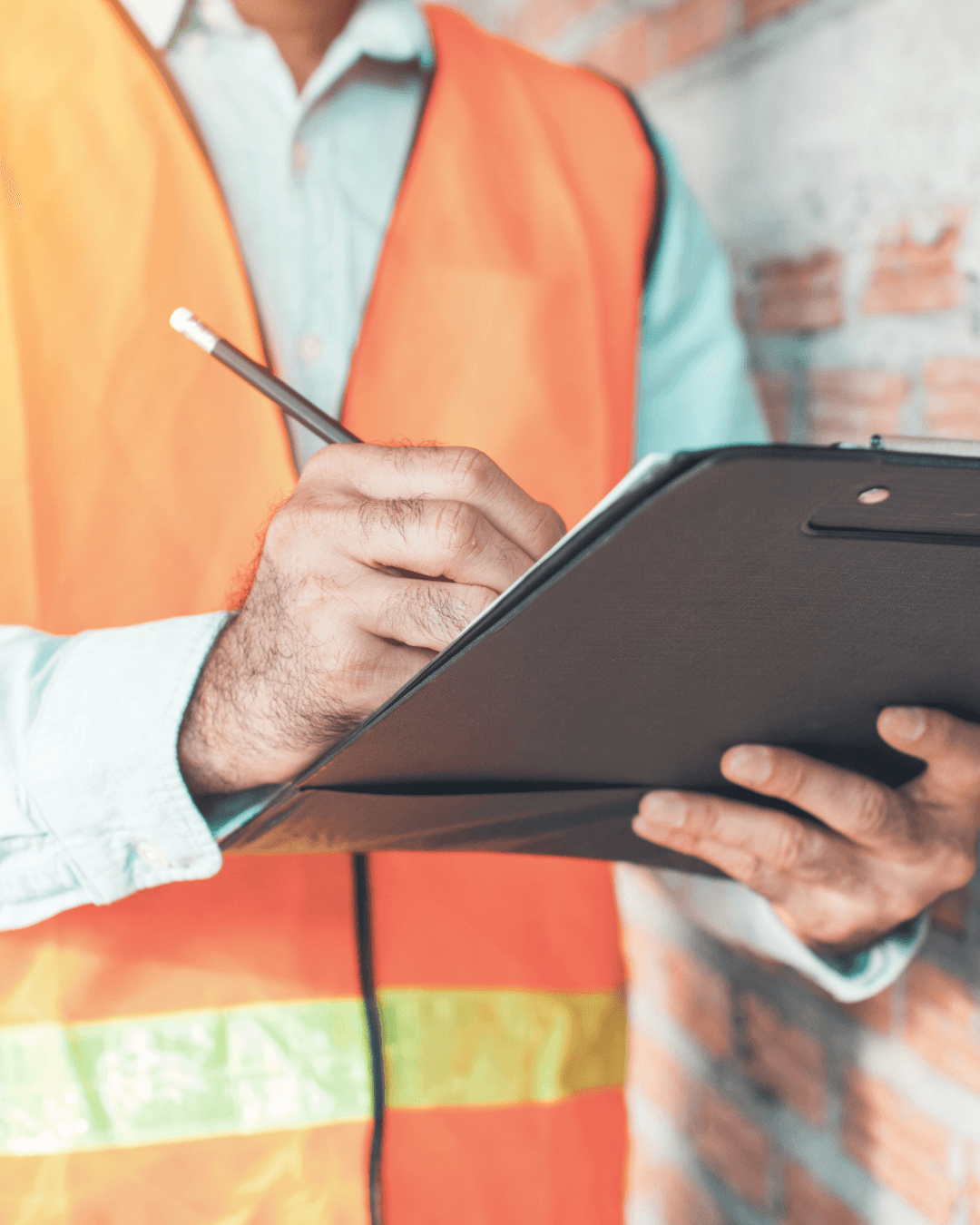
Who Needs Mold Testing and Air Sampling?
Homeowners Smelling Musty Odors
If you notice persistent musty smells, especially in basements, bathrooms, or after water damage, professional mold testing can identify hidden mold sources.
Families with Unexplained Health Problems
Respiratory issues, allergies, or other health problems that worsen at home may indicate mold exposure requiring professional air quality testing.
Home Buyers Concerned About Mold
Properties with history of water damage, basement moisture, or visible mold staining need professional testing to assess the extent of mold contamination.
Post-Water Damage Mold Assessment
After flooding, roof leaks, or plumbing problems, mold testing determines if water damage has led to mold growth requiring remediation.
Understanding Mold Test Results and Health Risks

Normal Mold Levels
- Indoor mold levels similar to or lower than outdoor levels
- No unusual mold species or toxic mold detected
- Normal air quality with no health concerns
- Routine monitoring recommended for peace of mind
Elevated Mold Levels
- Indoor mold concentrations higher than outdoor levels
- May indicate hidden moisture problems or mold growth
- Potential health risks requiring investigation
- Source identification and remediation may be needed
Toxic Mold Detection
- Presence of black mold, Aspergillus, or other toxic species
- Immediate health risks requiring prompt remediation
- Professional mold removal and source elimination needed
- Post-remediation testing required to verify cleanup
Mold Prevention and Indoor Air Quality Improvement
Moisture Control and Humidity Management
- Maintain indoor humidity levels below 50%
- Address water leaks and moisture problems immediately
- Improve ventilation in bathrooms and kitchens
- Use dehumidifiers in basements and damp areas
Regular Mold Monitoring
- Annual mold testing in high-risk areas
- Post-water damage testing and monitoring
- HVAC system cleaning and maintenance
- Professional air quality assessments
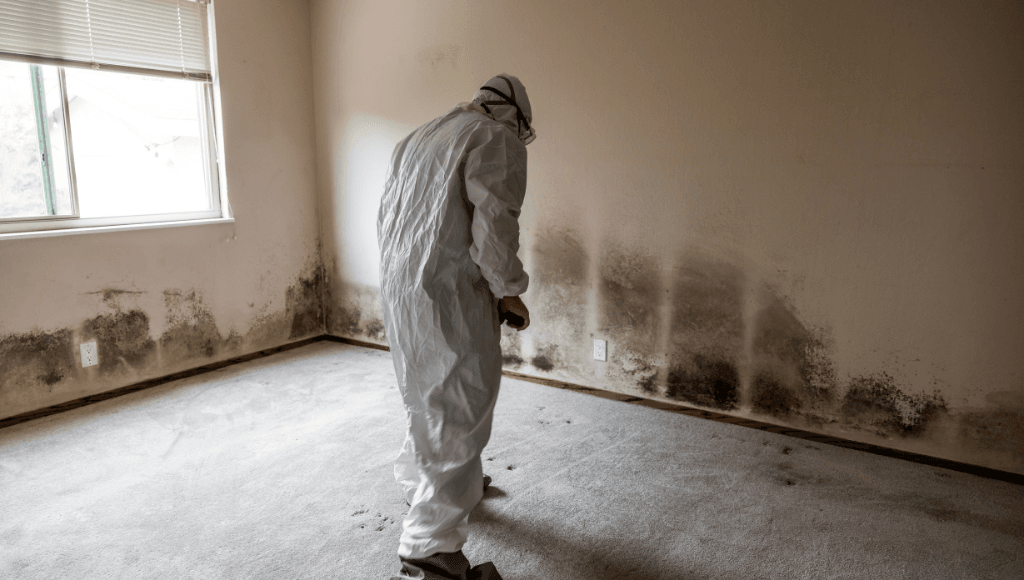
Common Mold Types Found in Kentucky & Ohio Homes
lack Mold (Stachybotrys chartarum)
- Toxic black mold often found in water-damaged areas
- Produces mycotoxins that can cause serious health problems
- Requires professional remediation and complete removal
- Common in basements, bathrooms, and areas with chronic moisture
Aspergillus Mold Species
- Common indoor mold that can cause respiratory problems
- Often found in HVAC systems and dust accumulation
- Some species produce harmful mycotoxins
- Can trigger severe allergic reactions in sensitive individuals
Cladosporium and Alternaria
- Outdoor molds that commonly enter homes
- Can grow on fabrics, wood, and other organic materials
- Cause allergic reactions and asthma symptoms
- Often elevated during certain seasons
Penicillium Mold
- Blue-green mold common in water-damaged materials
- Often found on wallpaper, carpet, and insulation
- Can cause allergic reactions and respiratory problems
- Spreads quickly through air circulation systems
Mold Air Sampling and Testing Process
Schedule Your Mold Testing Appointment
We’ll discuss your mold concerns, health symptoms, and any visible signs of moisture problems or mold growth in your home.
Visual Mold Inspection and Moisture Assessment
I’ll examine your home for visible mold, water damage, moisture problems, and conditions that promote mold growth in indoor environments.
Strategic Air Sample Collection
Air samples get collected from problem areas, living spaces, and outdoor locations using professional mold sampling equipment and sterile collection methods.
Laboratory Mold Analysis
Collected samples go to certified laboratories for analysis, species identification, and concentration measurements compared to outdoor baseline levels.
Mold Test Results and Remediation Guidance
You’ll receive detailed lab results with explanations, health risk assessment, and recommendations for mold remediation if needed.
Ready to Test Your Indoor Air Quality?
Don’t let hidden mold affect your family’s health. Professional mold testing provides the answers you need to breathe easy at home.
Frequently Asked Questions
How much does mold air sampling cost?
Mold testing typically costs $200-500 depending on the number of samples needed. This investment protects your family’s health and provides documentation for remediation.
How long does mold testing take?
Mold air sampling takes 1-2 hours for sample collection, with laboratory results available in 3-5 business days for analysis and reporting.
What if mold testing finds dangerous mold?
I’ll help you understand the health risks, connect you with certified mold remediation professionals, and guide you through the cleanup and retesting process.
Can I do mold testing myself?
While DIY mold test kits exist, professional sampling and laboratory analysis provide more accurate results and proper interpretation for remediation decisions.
Do I need mold testing if I can see mold?
Visible mold usually indicates a problem requiring remediation. Testing helps identify mold species, assess air quality impact, and guide proper cleanup methods.
